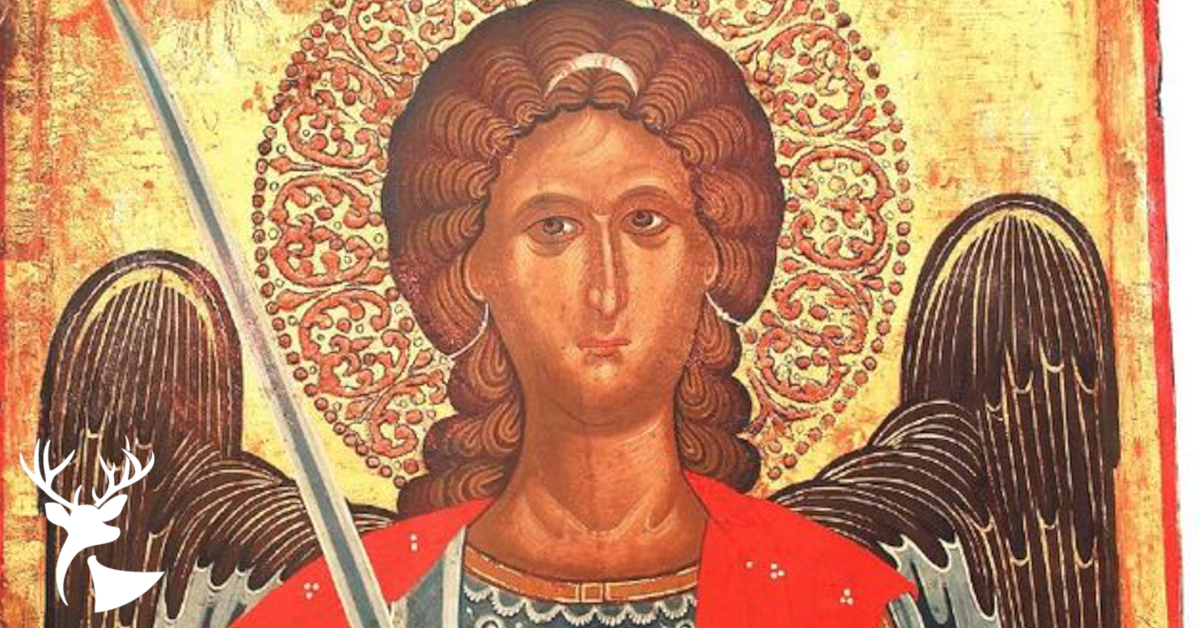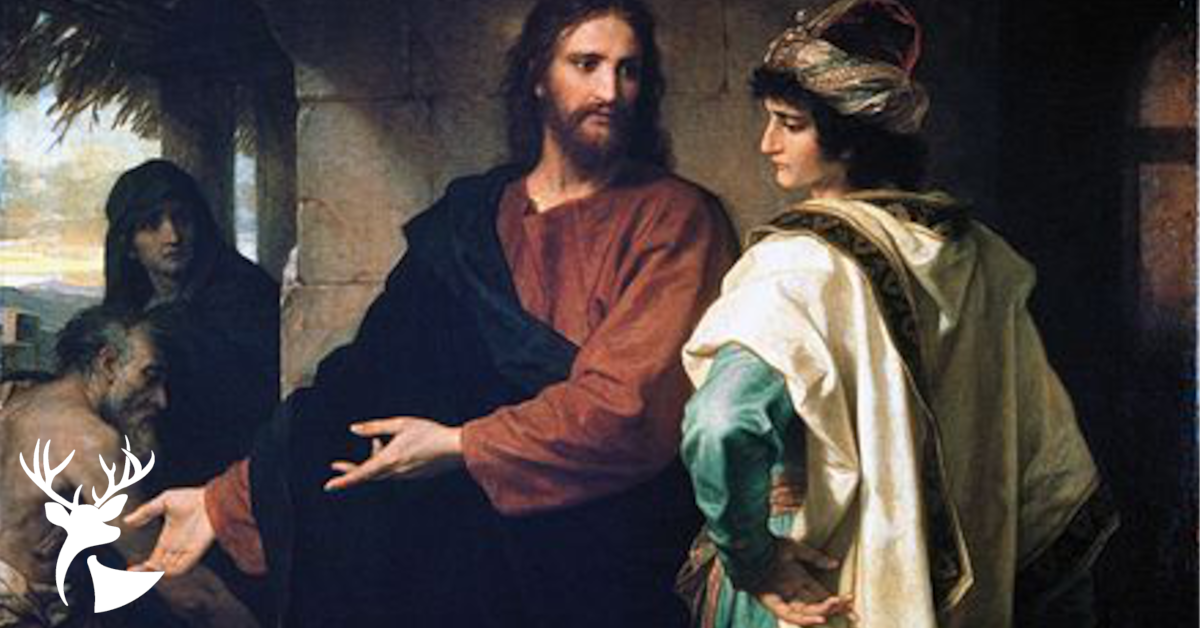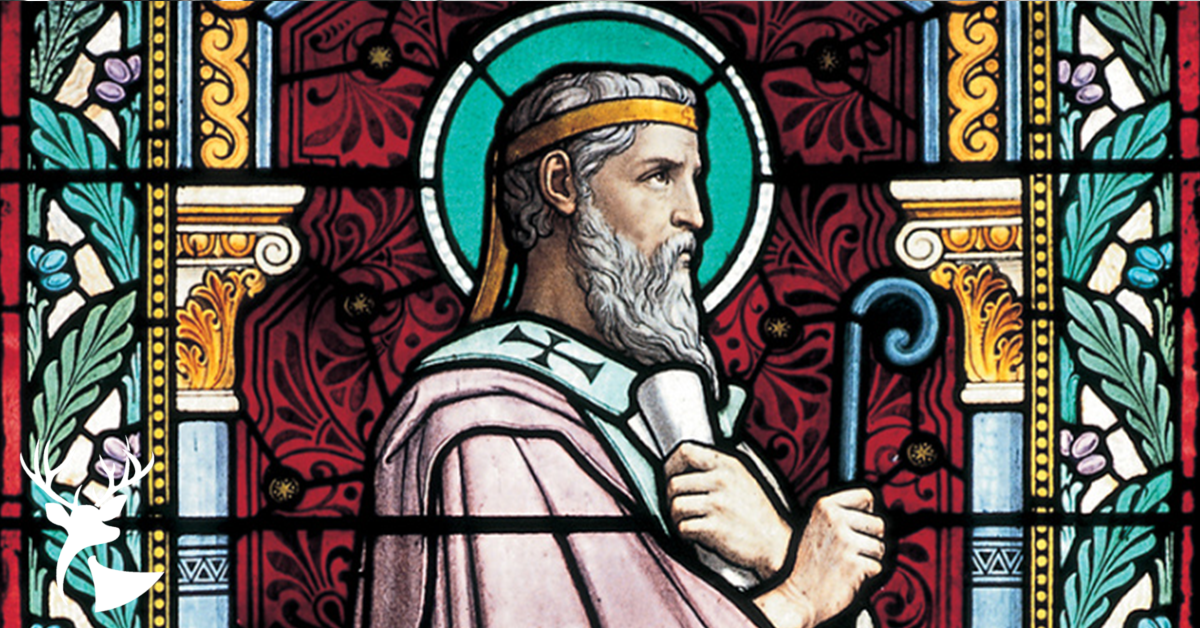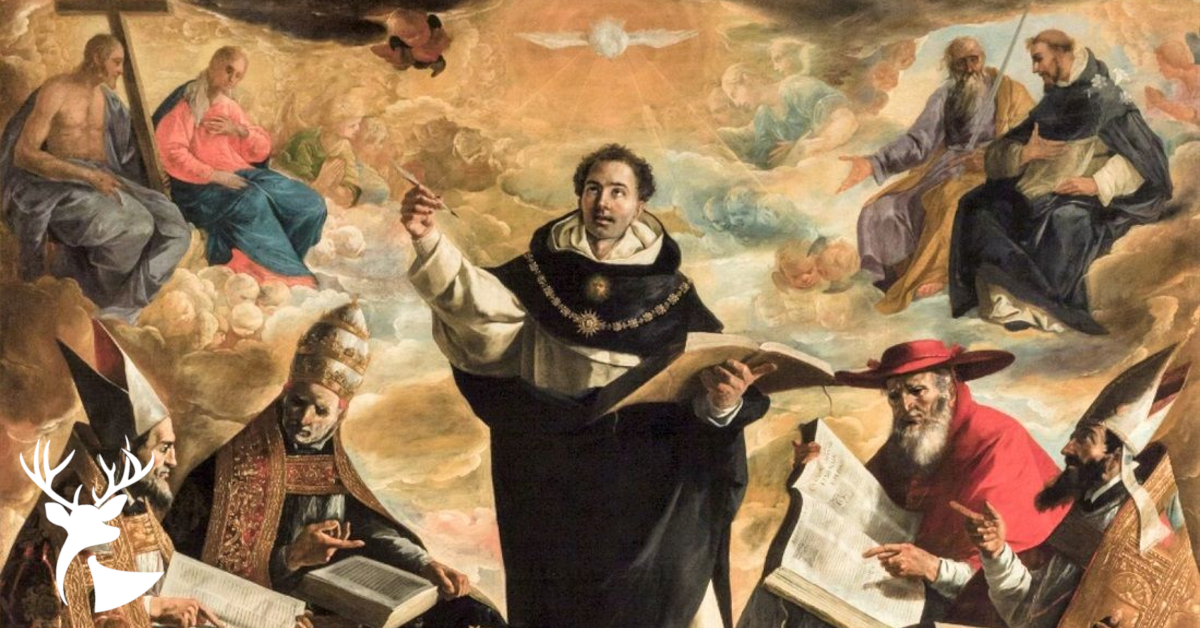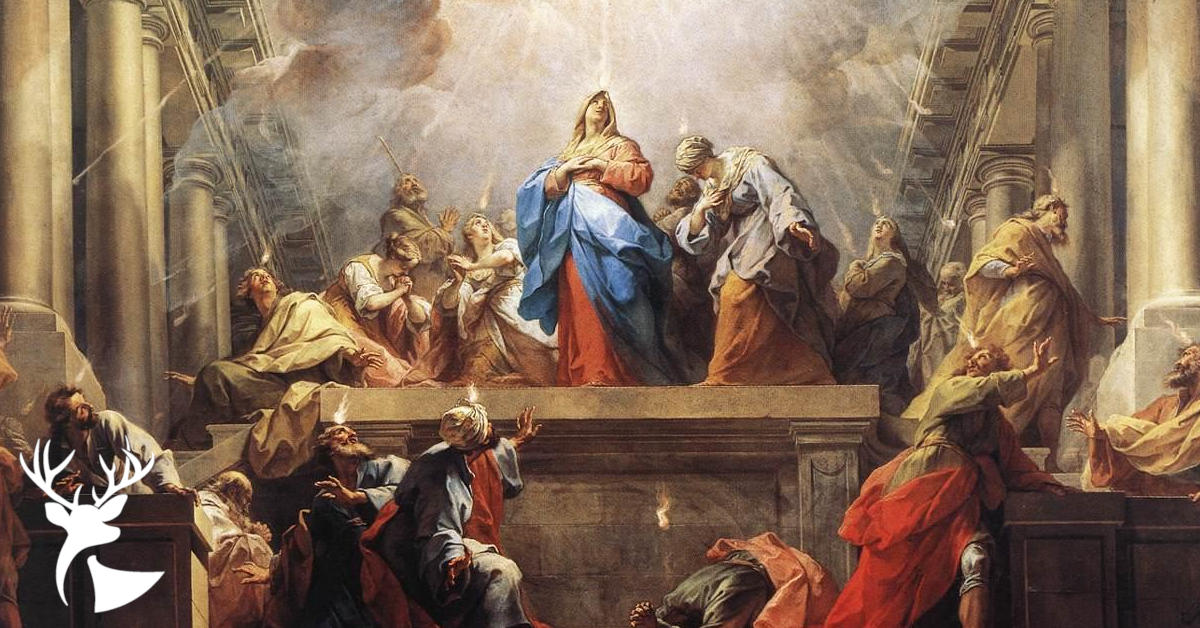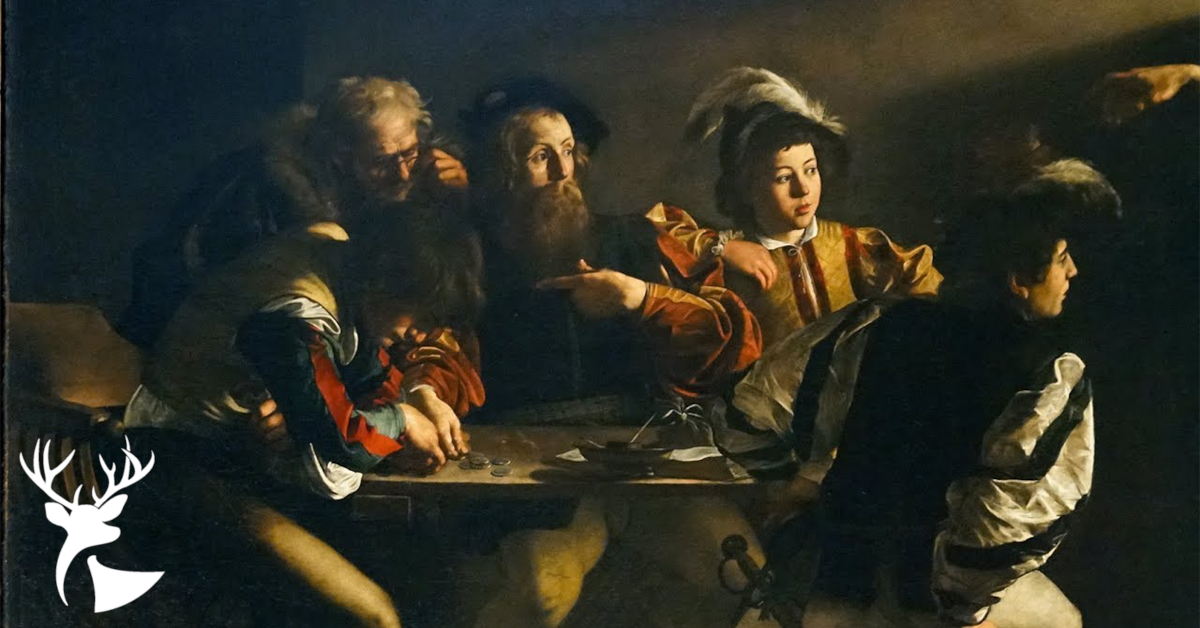
Caravaggio’s Light
By Joey Spencer | July 29, 2022
“I am the light of the world; he who follows me will not walk in darkness, but will have the light of life”
—John 8:12 (RSV-CE)
← Return to Musings
Caravaggio’s Light
By Joey Spencer | July 29, 2022
“I am the light of the world; he who follows me will not walk in darkness, but will have the light of life”
—John 8:12 (RSV-CE)
In the Church of San Luigi de Francesi in Rome, there is a side chapel devoted to the life of St. Matthew. Hanging within the Contarelli chapel, there are three masterpieces by the Baroque artist Caravaggio. The paintings of the chapel, like a book, if read left to right, tell the story of the life of St. Matthew. If you step into the side chapel and turn your head to the left, you will see Caravaggio’s The Calling of St. Matthew. In the painting, Matthew is sitting with four other tax collectors who look to be counting money. Christ enters the room from the shadows, interrupting the counting, and points to a surprised Matthew, calling him to “follow me” (Matthew 9:9).
If you look directly in front of you, and above the altar, you will see Caravaggio’s The Inspiration of Saint Matthew. This famous painting depicts St. Matthew at a table writing his Gospel as it is dictated to him by an angel.
Finally, if you look to your right, you will see the third painting by Caravaggio, The Martyrdom of St. Matthew. Jacobus de Voragine, the thirteenth century chronicler of the lives of the saints and Archbishop of Genoa, describes St. Matthew’s death as being cut down with a sword in the midst of saying Mass. This is the story being depicted in Caravaggio’s painting. A barely dressed man holding a sword stands over Matthew while an angel leaning down from heaven is offering the frond of a palm representing martyrdom. In the background you can see the altar and the altar candle still burning, showing that St. Matthew was in the act of saying Mass when he was attacked. If you look to the left of St. Matthew’s assailant, you will see the bearded face of a man fleeing the scene with his head turned back to take in the last moments of St. Matthew’s martyrdom. This bearded man is a self-portrait of Caravaggio, who has painted himself into the scene.
While each painting is a masterpiece in and of itself, the real genius of Caravaggio is expressed when all three paintings are experienced together in the setting of the Contarelli Chapel during a Mass. This genius has to do with Caravaggio’s light source in each of the paintings. In The Calling of St. Matthew, the light source comes from the lower right-hand corner of the painting, while the source of light for The Martyrdom of St. Matthew comes from the lower left of the painting. For The Inspiration of St. Matthew, the light source seems to come from below and directly in front of the painting. This only makes sense when you see the priest at the altar holding up the Eucharist at Mass. The elevated Eucharist becomes the source of light for all three paintings. Christ is the light of the world, and as Christ is truly present in the Eucharist, He is also the light for all three of these masterpieces. Caravaggio not only gives us three masterpieces, but in his use of the Eucharist as the source of light expresses the true presence of Christ in the Eucharist.
More Reading

Joey Spencer is a Tutor for the Alcuin Institute for Catholic Culture, and serves as the Archivist for the Diocese of Tulsa.


